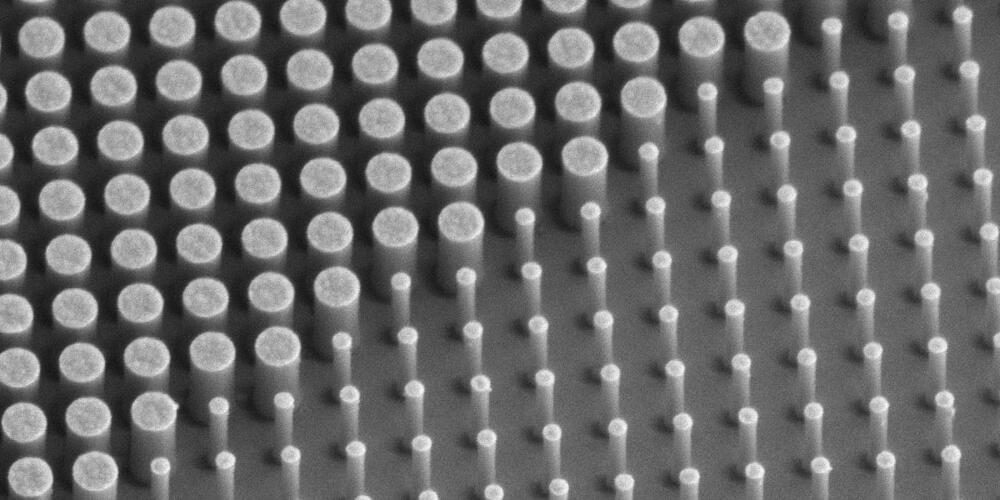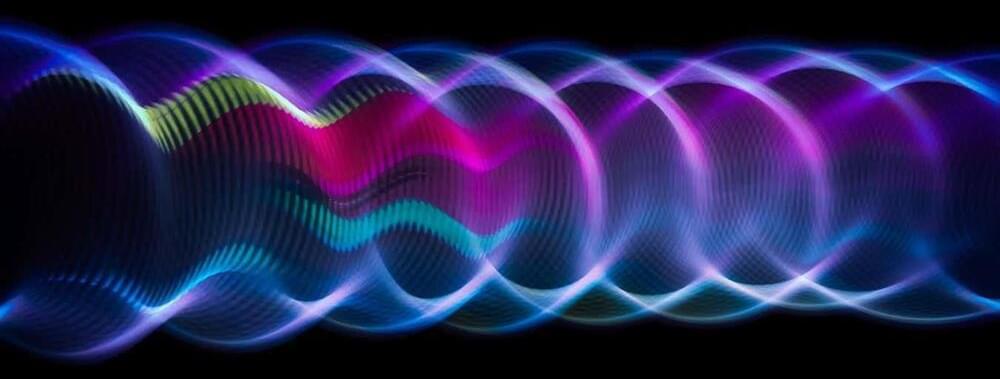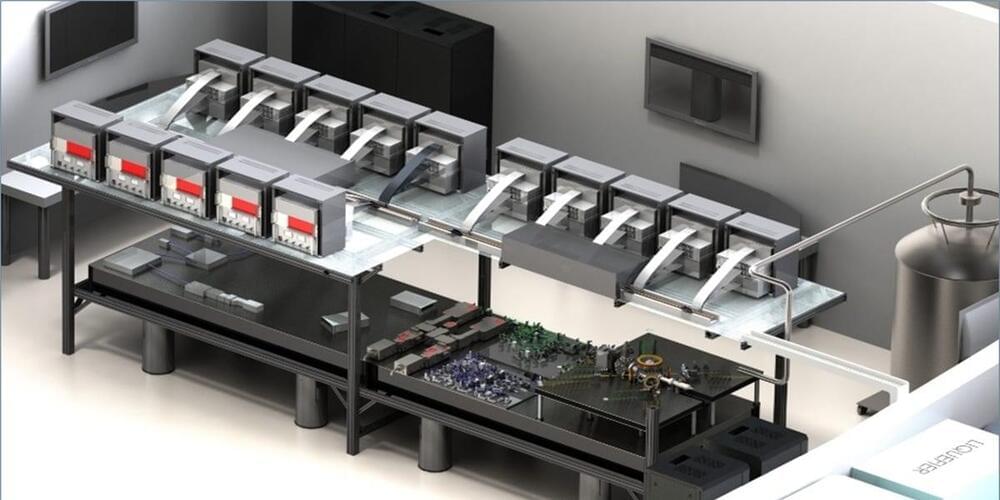Metalenses migrate to smartphones.
Metalenz came out of stealth mode in 2021, announcing that it was getting ready to scale up production of devices. Manufacturing was not as big a challenge as design because the company manufactures metasurfaces using the same materials, lithography, and etching processes that it uses to make integrated circuits.
In fact, metalenses are less demanding to manufacture than even a very simple microchip because they require only a single lithography mask as opposed to the dozens required by a microprocessor. That makes them less prone to defects and less expensive. Moreover, the size of the features on an optical metasurface are measured in hundreds of nanometers, whereas foundries are accustomed to making chips with features that are smaller than 10 nanometers.








